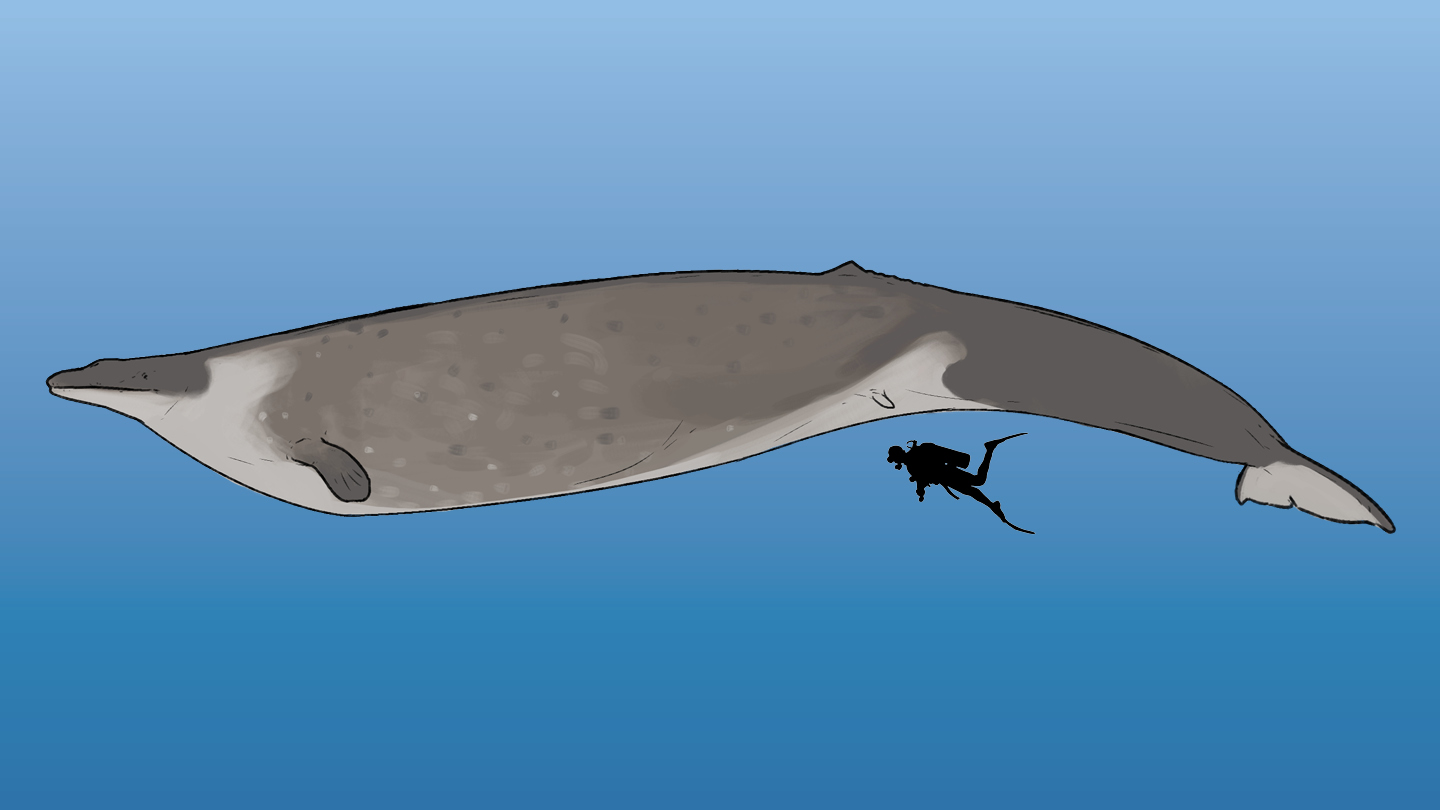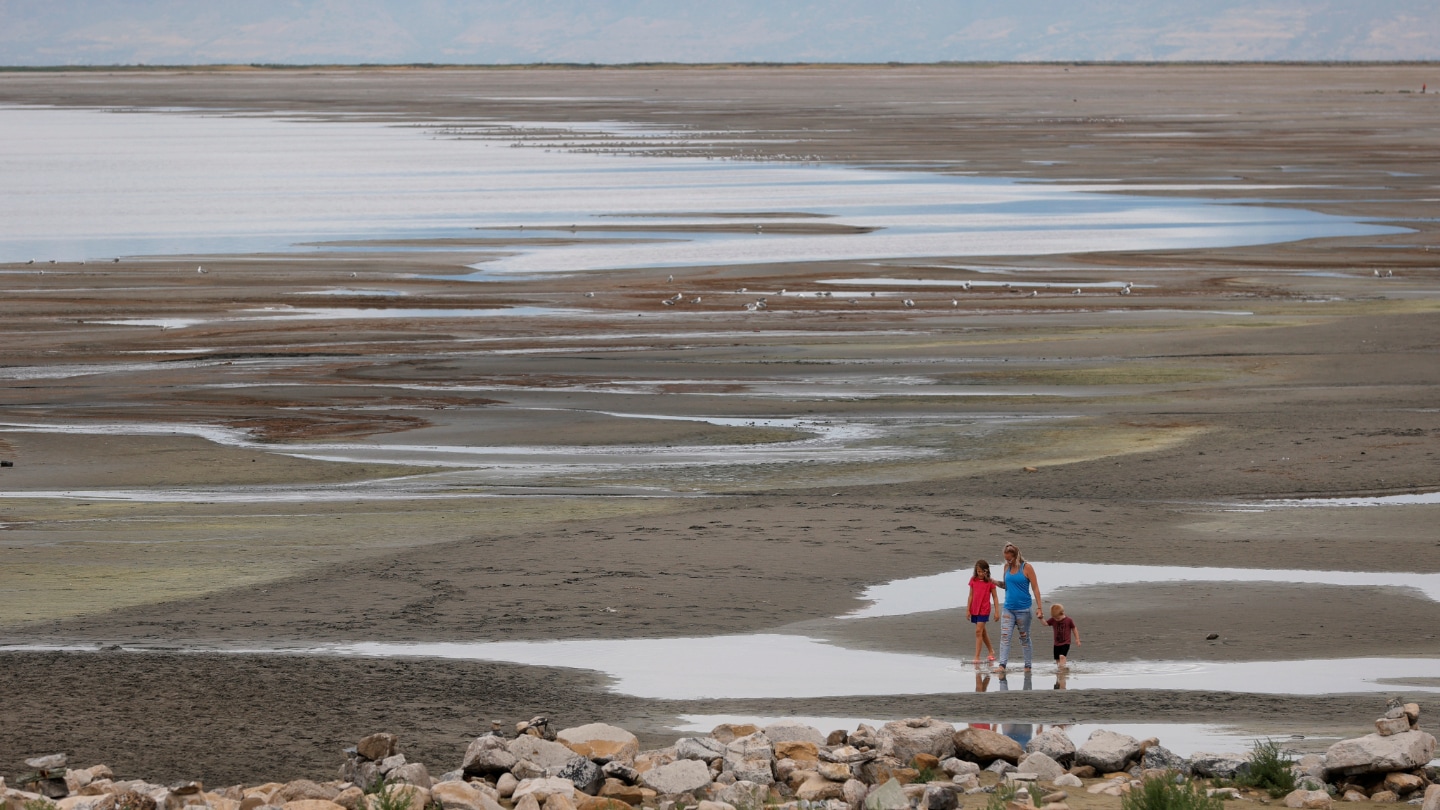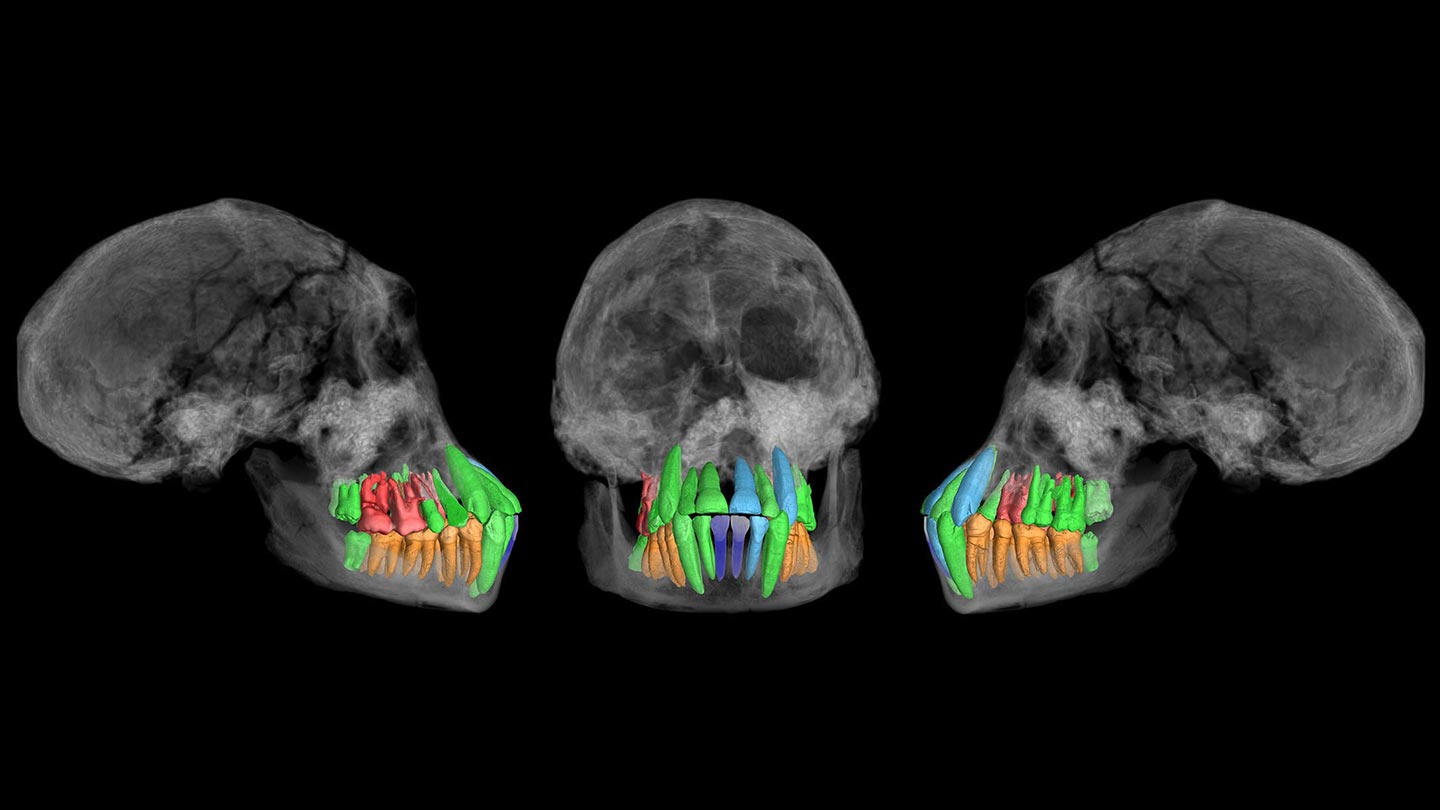Extreme Climate Survey
Science News is collecting reader questions about how to navigate our planet’s changing climate.
What do you want to know about extreme heat and how it can lead to extreme weather events?
That’s just one example. Size estimates of many of the planet’s extinct giants have been called into question in the last decade as new data and analytical techniques have emerged, researchers report in the September Ecology and Evolution.
To some extent, that’s just how science works, say evolutionary biologist Joel Gayford and colleagues. But the scale of the size dispute in some cases calls for much more caution in making those initial estimates, the researchers say.
“There’s an ongoing trend of … high profile papers publishing world’s largest, world’s heaviest something,” says Gayford, now at James Cook University in Brisbane, Australia. “Before long, there’s another paper in a lower profile journal saying, ‘Hold on, it wasn’t actually that long.’”
When it comes to estimating body size, there isn’t always a lot to go on. The extinct Otodus megalodon, the largest shark to ever live, left only teeth behind; the ancient whale Perucetus, initially estimated to be heavier than the modern blue whale, left just a few vertebrae, ribs and a single individual’s pelvis (SN: 8/2/23). To extrapolate from these pieces to a whole animal, researchers may compare the fossils with living or extinct relatives — if any are known — or plug the data into computer analyses of evolutionary trees.
But those extrapolations come with assumptions that can lead researchers astray.
Megalodon is one of several examples that Gayford and colleagues zero in on. Scientists had thought it was closely related to great white sharks, and so assumed its body was proportionally broad to match its perhaps 11 meters in length. But a recent study upended that assumption, suggesting instead that Megalodon may have been a few meters longer but also more slender, built more like a bus than a van (SN: 1/21/24).
Similarly, the methodology behind the initial size estimates of the whale Perucetus were called into question earlier this year. Using different methods of calculation, researchers downgraded its estimated weight from up to 340 metric tons to about 100 — still a big whale, they argued, just not quite in the blue whale’s weight class, which can weigh as much as 245 metric tons.
Paleontologists have previously called out “spurious size estimates” as creating lasting bias when it comes to perceptions of how big it’s possible to get, Gayford says. These estimates of size matter, the team notes, because larger-than-most species can have an outsize impact on ecology, such as food resources and predator-prey relationships. And changes to the environment — loss of those food sources, for example — can, in turn, have an outsize impact on the giants.
Paleontologists have hailed the study for highlighting a core challenge in the field. It is “correct in pointing out that we need to be cautious and acknowledge wide margins of error when reconstructing any extinct taxon,” says vertebrate paleontologist Jack Cooper of Swansea University. But not every case study discussed in the paper was analyzed equally rigorously, he says. For example, there is still a great deal of reasonable debate about how best to estimate Megalodon’s size.
Cooper adds that the report inaccurately claimed his own work on the giant shark, based on a rare vertebral fossil, was “unreplicable.” That, he says, makes him “concerned as to what else has been incorrectly reported in their larger review.”
Gayford, in response, says that he and coauthors were referring to the rarity of the fossil, not criticizing Cooper’s work — and adds that this highlights the inherent challenges of estimating sizes from the scant fossil record. And, he says, research journals bear some of the burden for outsize claims. “They are less likely to publish detailed, methodologically sound but not particularly amazing conclusions. And that has a knock-on effect for what people might focus their research on.”
One way to address this, he says, is to note that size in and of itself doesn’t matter quite so much when it comes to whether a creature is worth studying. “The point is for people to understand that it’s not the size or the weight of an animal that makes it interesting,” Gayford says. “It’s still a huge, awesome animal that we can learn a lot about.”
*
Source link





No comments! Be the first commenter?